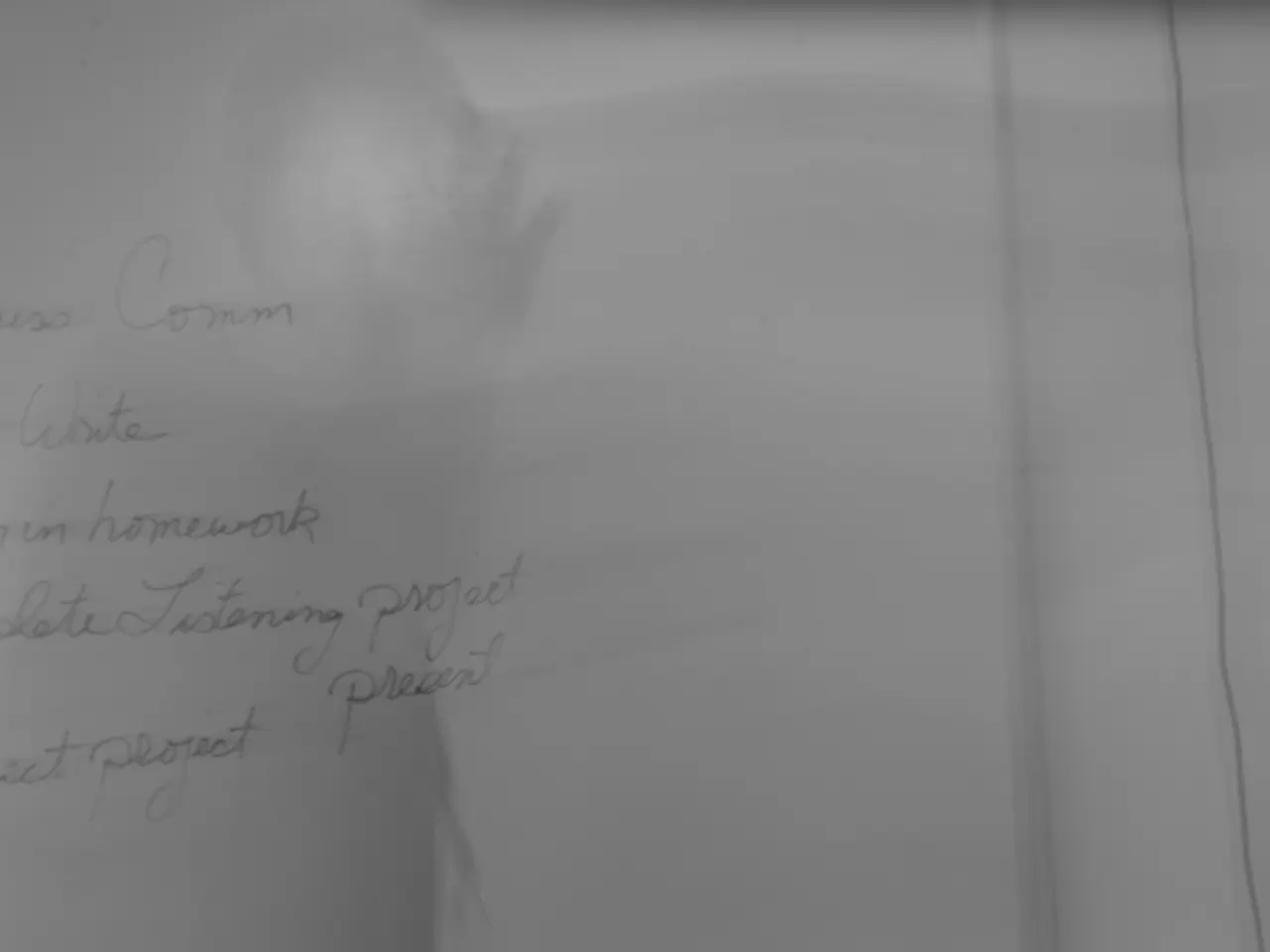Instructions on Composing Literature Reviews
In the world of academic writing, crafting an effective conclusion for a literature review is crucial. This final section serves as a coherent ending to your research journey, summarizing the findings, identifying gaps in the literature, and suggesting avenues for further exploration.
A strong conclusion underscores the significance of the research, providing new insights and situating the results within existing theories. To achieve this, it's essential to summarize key points and insights gained from analyzing literature review articles, using your own words to restate important conclusions. This synthesis should reinforce the significance of your research problem as established throughout the review.
Identifying gaps in the existing literature is an important aspect of the conclusion. Highlighting these gaps justifies the need for your research or suggests future research directions, helping to move the academic conversation forward. This step answers the implicit "So what?" question by showing where further knowledge is missing or where the field could advance.
The conclusion should also discuss the broader implications of the results. Explain how the synthesized research influences theoretical understanding, practical application, or policy considerations. The conclusion should leave the reader with clear takeaways and emphasize the importance of addressing the identified research gaps or continuing inquiry.
Throughout, maintain a clear, concise style that links back to your introduction and research problem, avoids mere repetition, and establishes your voice while staying evidence-based and objective. Revision is key to ensuring your conclusion is compelling and logically closes the literature review's argument.
In essence, an effective conclusion for a literature review succinctly summarizes key findings, clearly identifies research gaps, and discusses the broader implications of the reviewed studies. By following these strategies, you can ensure your literature review concludes with a powerful impact, setting the stage for future research and contributing to the advancement of knowledge in your field.
References:
[1] Tracz, M. (2018). Writing a literature review: A guide for students. Springer.
[2] Booth, W. C., Colomb, G. G., & Williams, J. M. (2016). The craft of research. University of Chicago Press.
[3] Purdue Online Writing Lab (OWL). (n.d.). Literature review. Purdue University. Retrieved from https://owl.purdue.edu/owl/research_and_citation/conducting_research/literature_reviews/writing_a_literature_review.html
[4] APA Style. (n.d.). Writing a literature review. American Psychological Association. Retrieved from https://apastyle.apa.org/style-grammar-guidelines/writing/writing-process/writing-a-literature-review
[5] University of Leicester. (n.d.). Writing a literature review. University of Leicester. Retrieved from https://libguides.le.ac.uk/lrg/literature_reviews
- In crafting an effective conclusion for a literature review, one must not only summarize key findings but also identify research gaps, as these CALL ATTENTION TO areas where more learning and research could contribute significantly to the field's advancement.
- The synthesis of research findings in the conclusion supports PERSONAL-GROWTH by offering new insights and positions the research within established theories, thus facilitating CAREER-DEVELOPMENT through original contributions to the academic discourse.




